ATG Phys Ed Series 2 of 10
The 5 main reasons the deep squat is a basic
The first of 5 main reasons the deep squat is a basic in the physical education system I’m making is that it’s an effective exercise for preventing injury and strengthening the legs (PMID 23821469). We will work on it every 1-2 weeks…
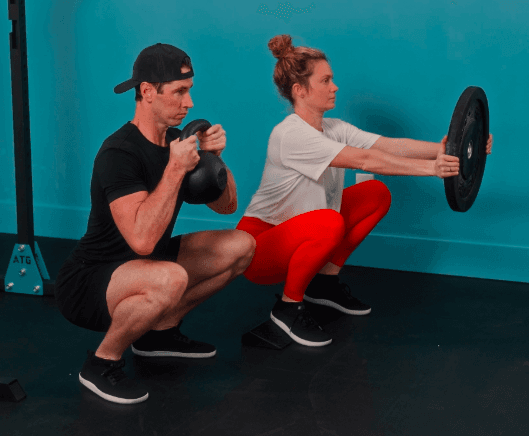
…while also learning 2, that it’s a great lesson on authoritative learning. I remember taking college health courses and having to say it’s bad to let your knee go over your toes or to let it bend below 90 degrees, even though up-to-date research said the opposite.

But we won’t miss lesson 3: Just because a system has a mistake doesn’t mean EVERYONE is out to get you or that it was intentional.
In the 1970s when “exercise science” was new, the theory of the day went into textbooks, and TEXTBOOKS are hard to change!
So by the 2000s when I was in college, despite new research showing the opposite, textbooks were still saying knees over toes was bad.
What was really needed was more energy on number 4: SOLUTIONS.
Two things I think everyone should be aware of:
The deep split squat is a gradient scale from front foot elevated and assisted to less front foot elevation and even loading.
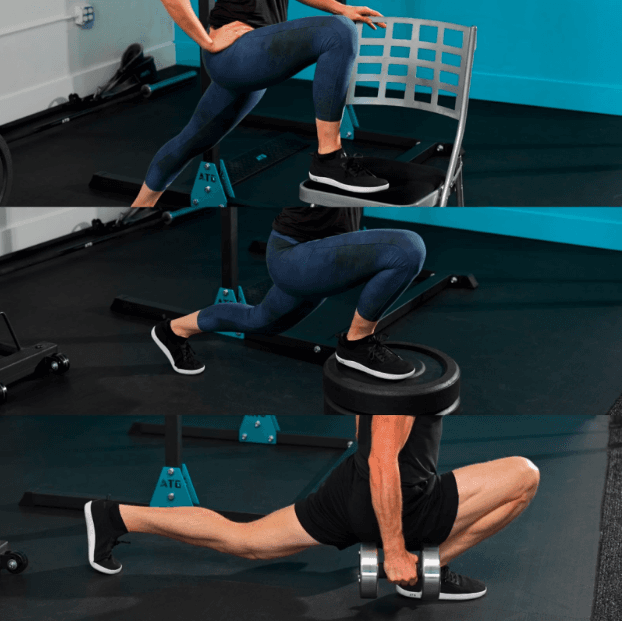
And heel elevation plus counterbalance often helps people start winning with deep squats from the very first session.
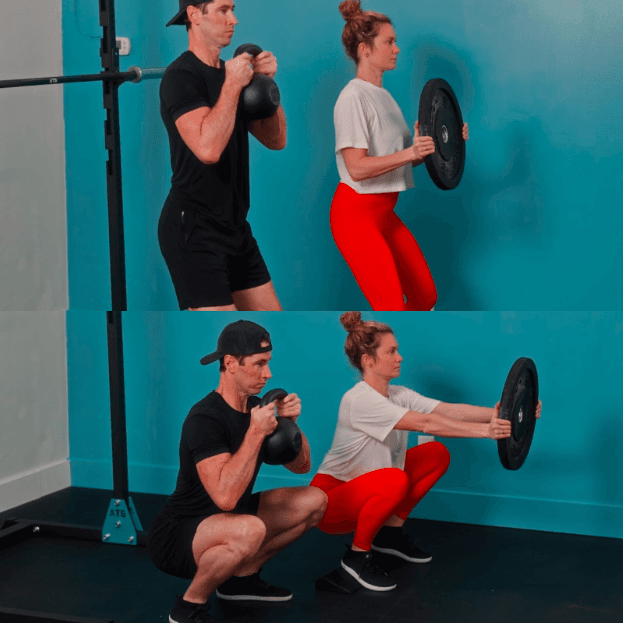
Finally, the 5th lesson: The truth is more in CONTEXT than in absolutes.
Points of context I think everyone should at least be aware of:
More or less knee over toes simply emphasizes different things. More knee over toes = more knee. More shoulders over hips = more hip.
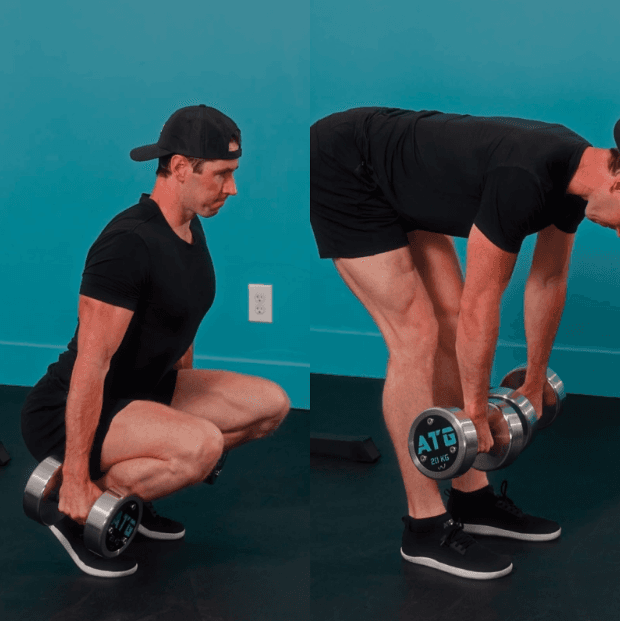
And: I believe the WHOLE range is good.
I also use exercises including sled, which is shorter in range. (The legs don’t bend deep when you sled.)
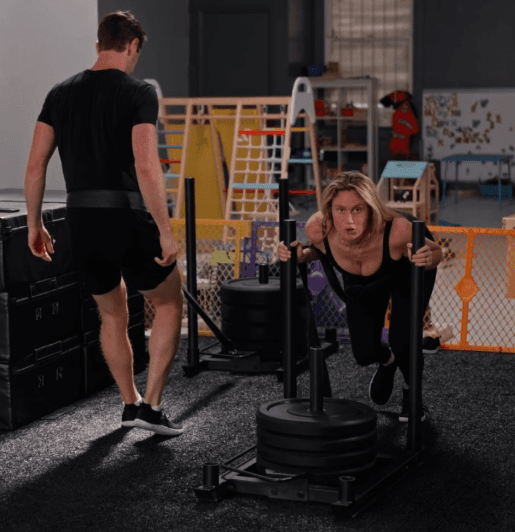
I use sled forward and backward because my overall philosophy is simply to exercise the body in a balanced manner.
Sled suits my goals well because it provides amazing cardio and LOWER leg benefits while being incredibly safe for all clients I’ve trained because the load isn’t bearing down on you.
So with sled AND deep squats you’re getting:
-forward AND backward
-shorter AND longer ranges of motion
Last note: In spite of textbooks, some professors now tell me they notate their courses to show up-to-date research, such as this excerpt from the National Library of Medicine:
“Provided that technique is learned accurately under expert supervision and with progressive training loads, the deep squat presents an effective training exercise for protection against injuries and strengthening of the lower extremity. Contrary to commonly voiced concern, deep squats do not contribute increased risk of injury to passive tissues.”
Thank you for reading this installment of my Phys Ed Series.
I hope it puts you more in control of your leg training for LIFE.
Yours in Solutions,
Ben
Full programs: ATGonlinecoaching.com
Equipment: ATGequipment.com
To see if there’s an ATG gym or coach near you: map.ATGforcoaches.com
Sign up for free knowledge
We send out new articles weekly.